This is our first post here and we hope it jibes in some way with what the community hopes to accomplish.
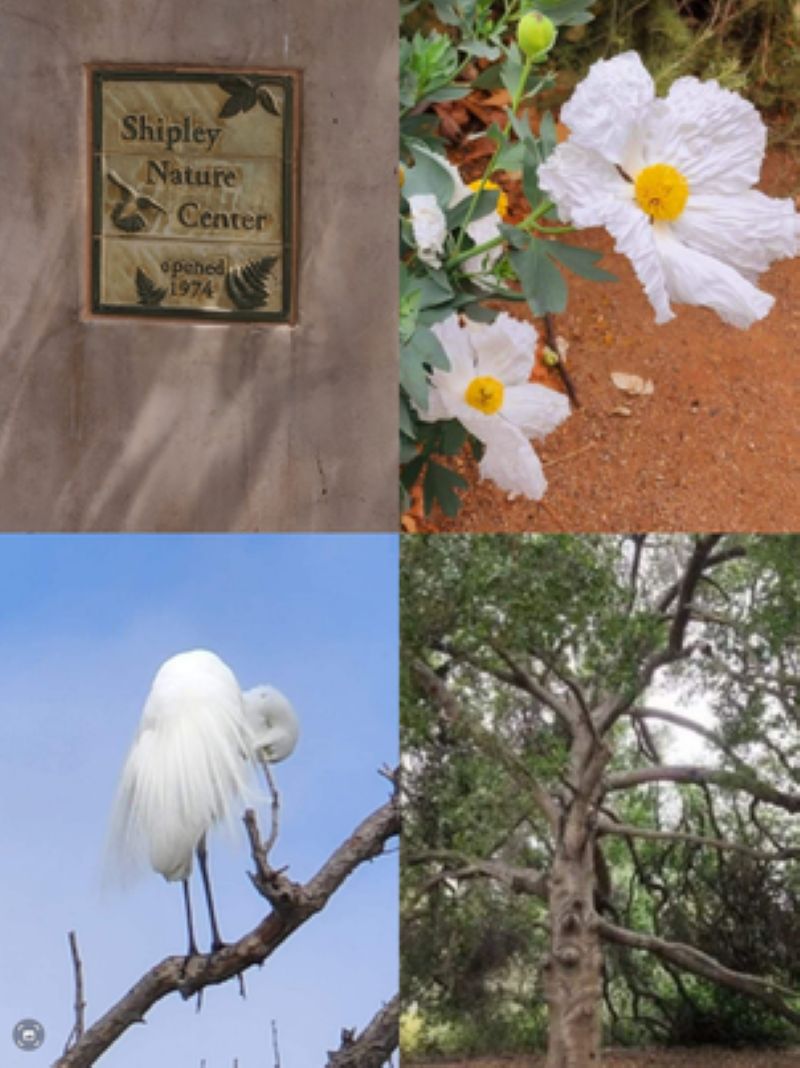
We have an ecological reserve in our neighboring city of Huntington Beach .. aimed at protecting California plants and wildlife. The Shipley Nature Center is an 18-acre fenced natural area within Huntington Beach Central Park which opened in 1974. It was formerly an industrial dumping ground during the construction of the 405 freeway.Source

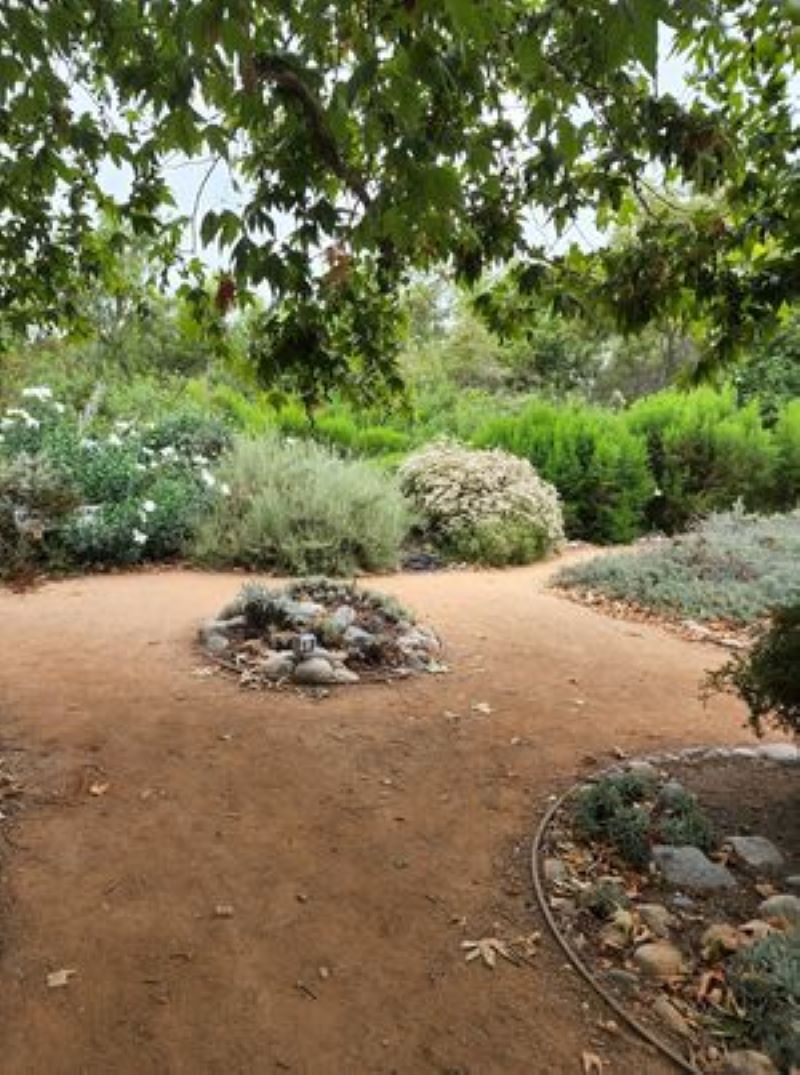
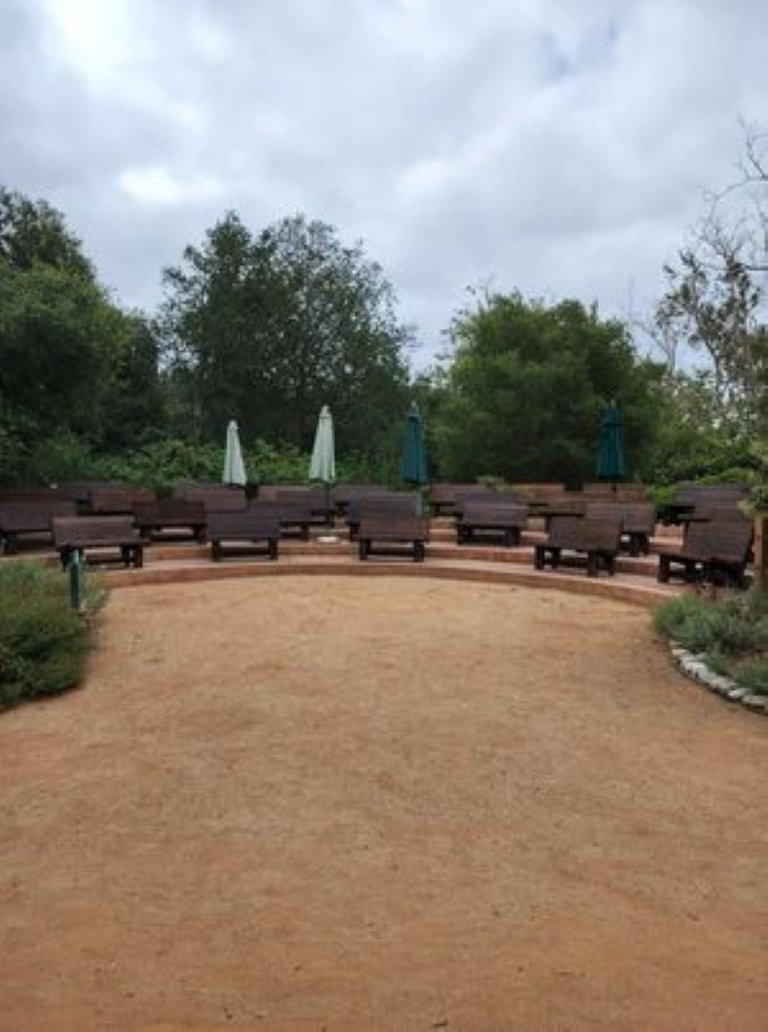
Water conservation is also one of the foundations of building the Shipley Nature Center. There is this man-made stream to the right of the entrance with a 4,000-gallon cistern buried underground. Rainwater is collected from the roof of the building and channeled into the storage tank providing a continuous water source for the birds and animals.
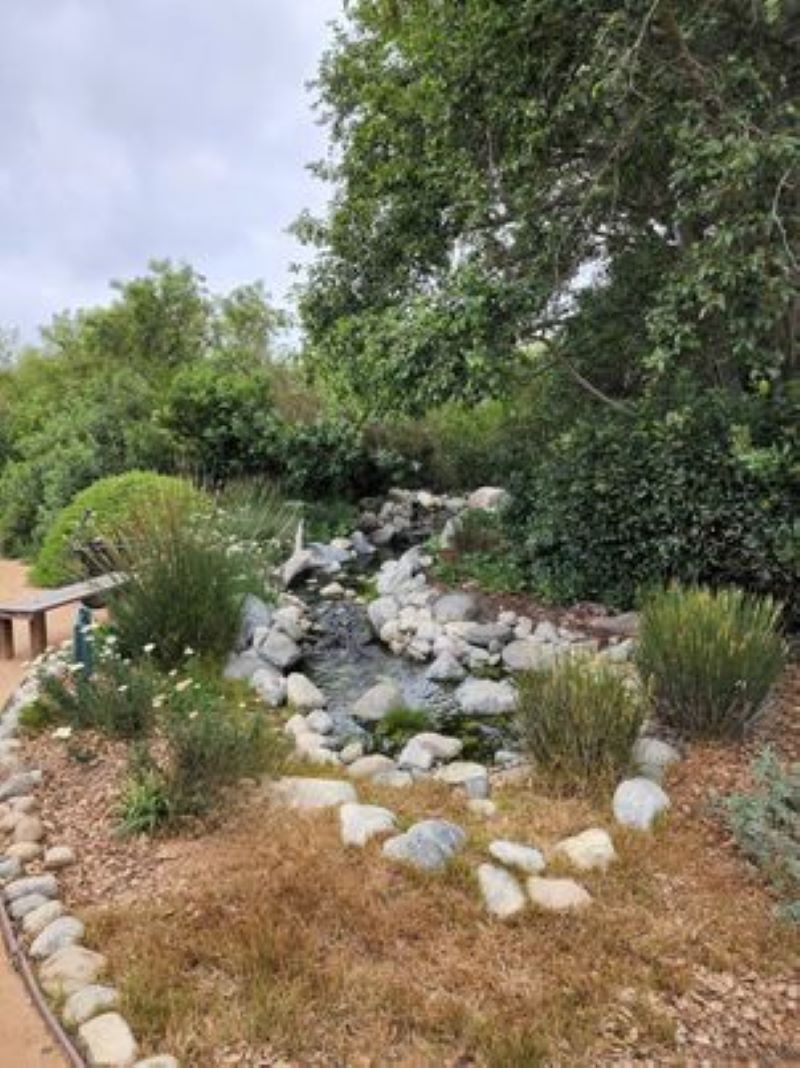

Shipley Nature Center has 4,000 feet of well-maintained walking trails which makes it easier to explore and wander around. Each area is organized by habitat.source
Southern Oak Woodland Habitat
The trees called coastal live oaks were planted about 40 years ago. These are called evergreen because they are never without leaves. These are some of the Center’s oldest trees. As we walked along the trail we noticed that we got company, a group of students on an educational trip.

.jpg)
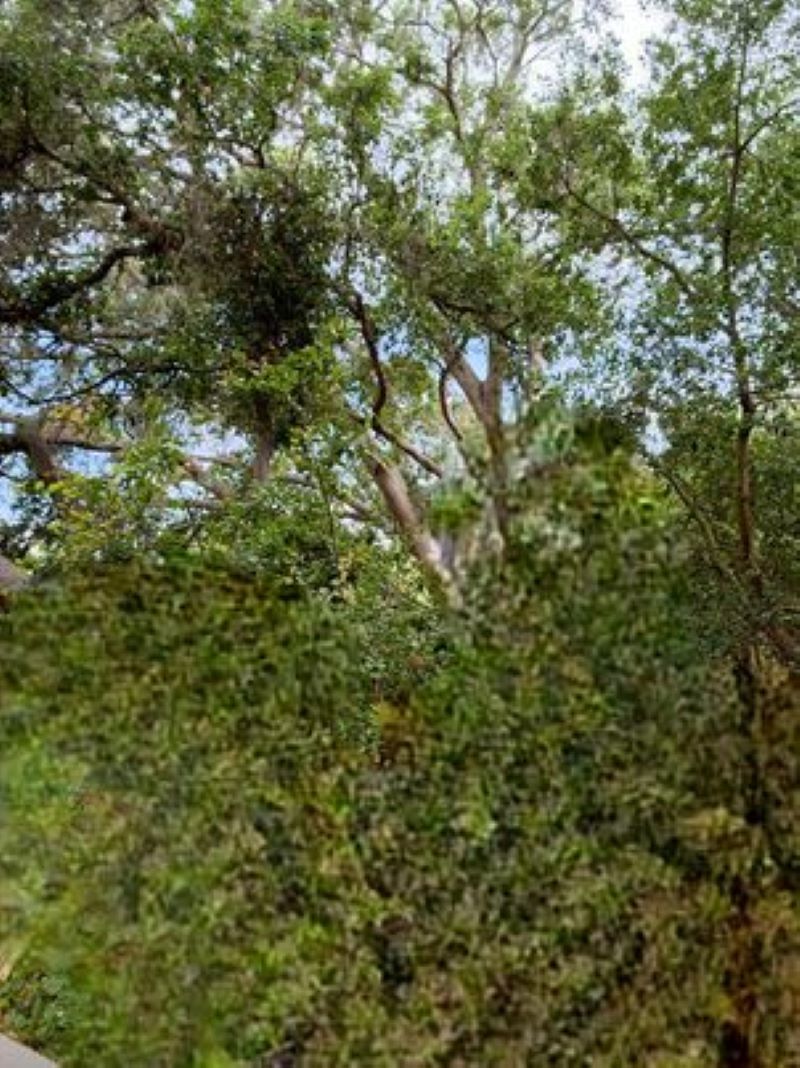
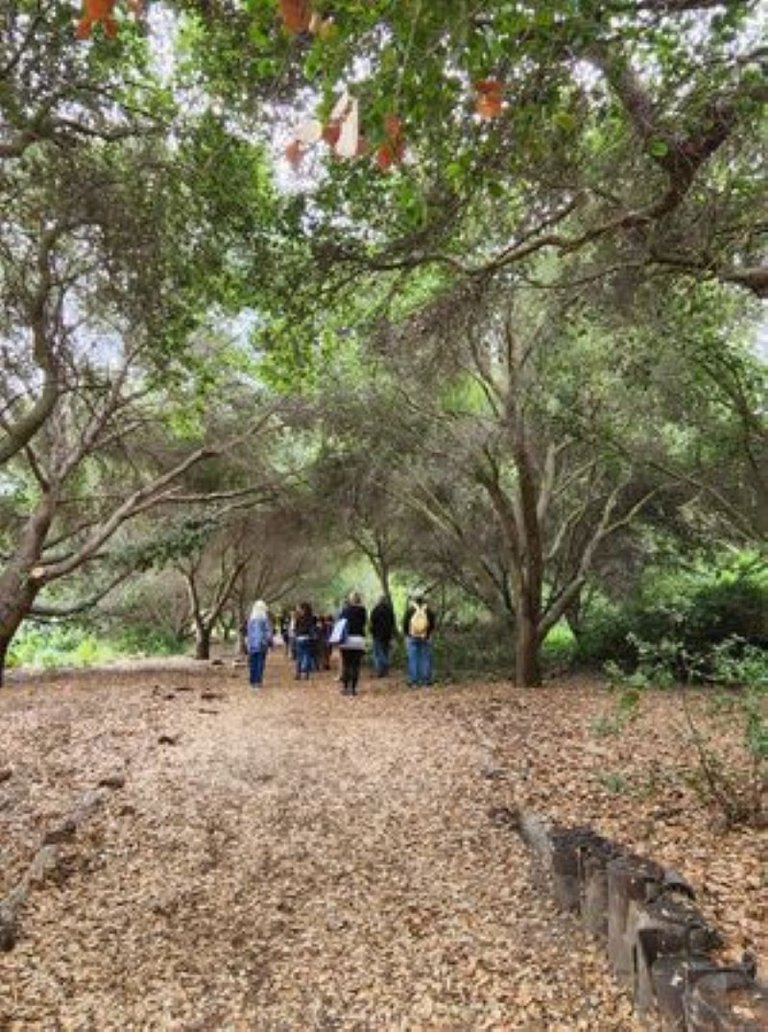
Meadow Habitat
A meadow has been planted with various kinds of California wildflowers and native grasses but trees have become bigger and the meadow area had smaller space.
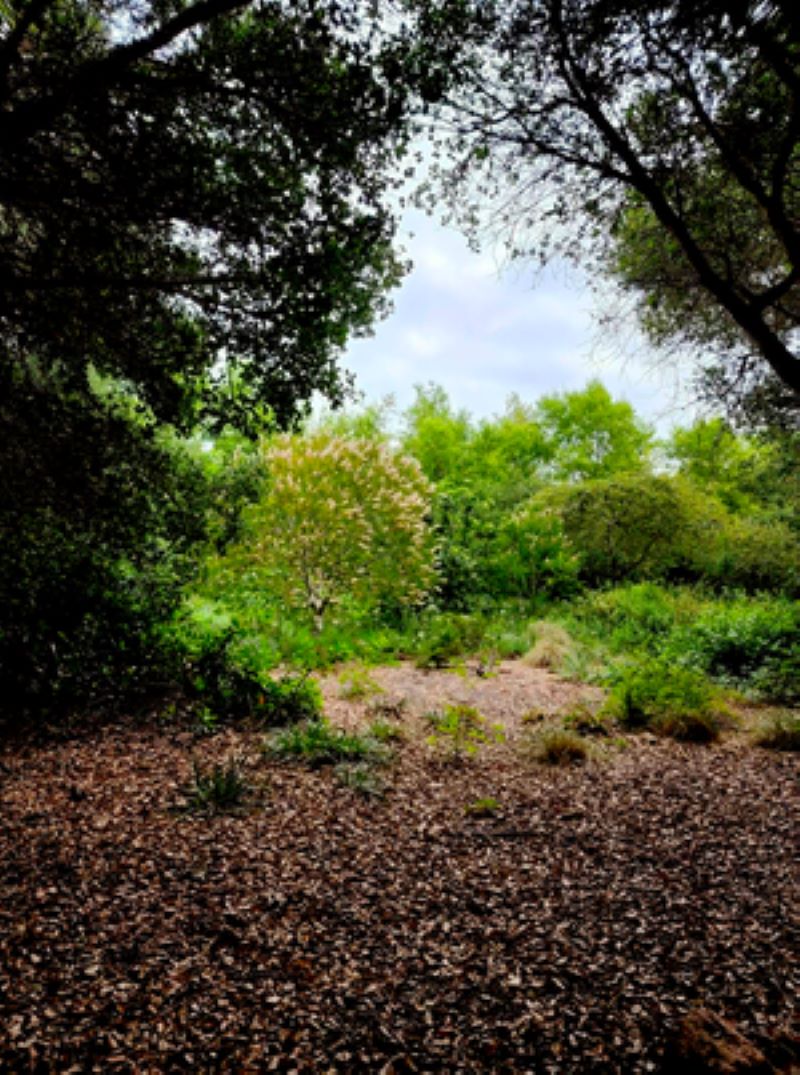
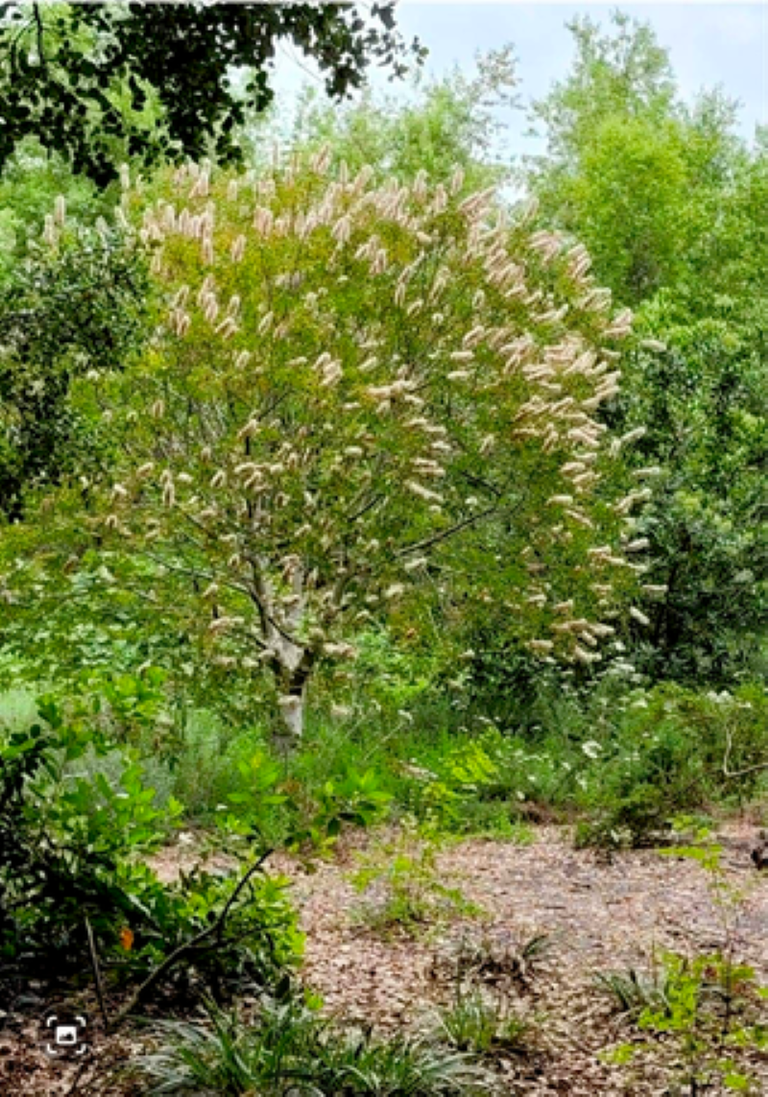
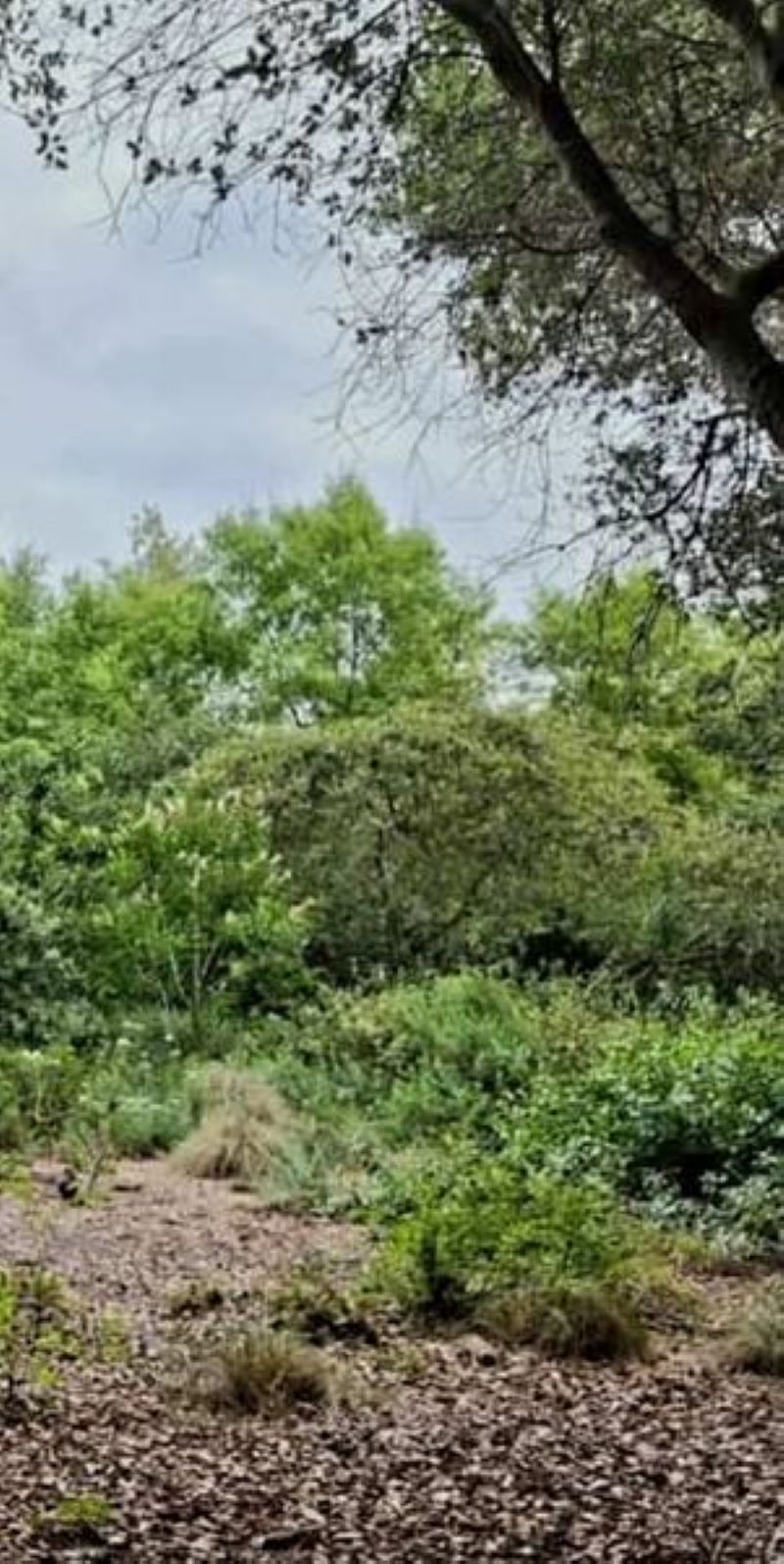
Redwood Grove Habitat
Today, redwoods grow in Northern California where they can get constant marine fog. They are not usually seen in Southern California and there are some in the Center but they were naturally grown here during the Ice Age. Redwoods are Shipleys’ tallest trees.

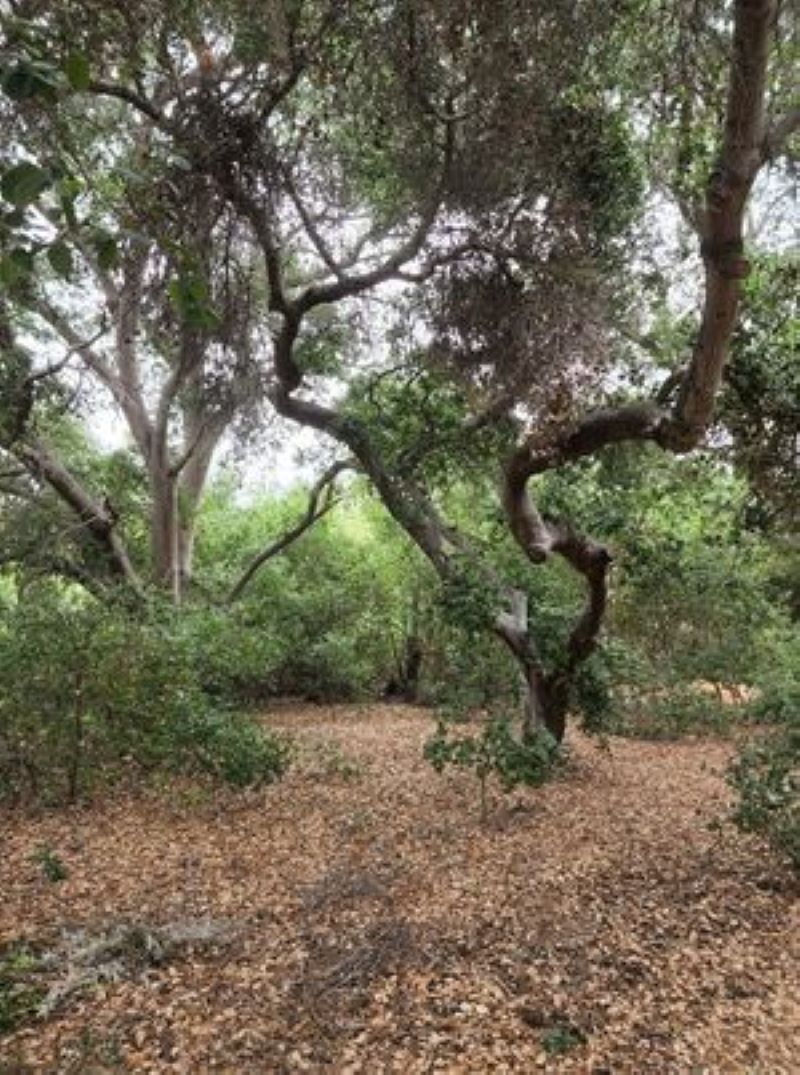

Riparian Woodland Habitat
The trails are lined with Sycamores and Cottonweed trees. There were also warning signs of the presence of Stinging Nettle. Stinging Nettle's leaves have hairs on the surface and the stems secrete a stinging fluid that irritates the skin. We stayed away from all of the branches and leaves along the trail. We just continued the walk and enjoyed the fresh air and the soft breeze.
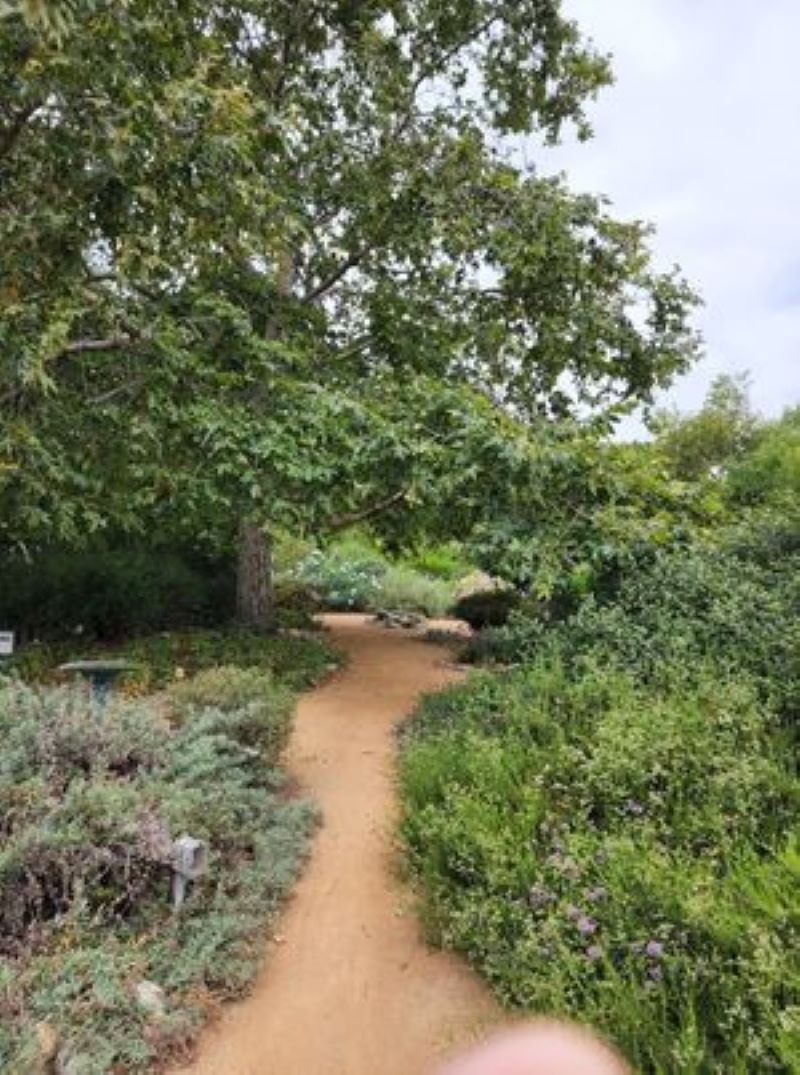
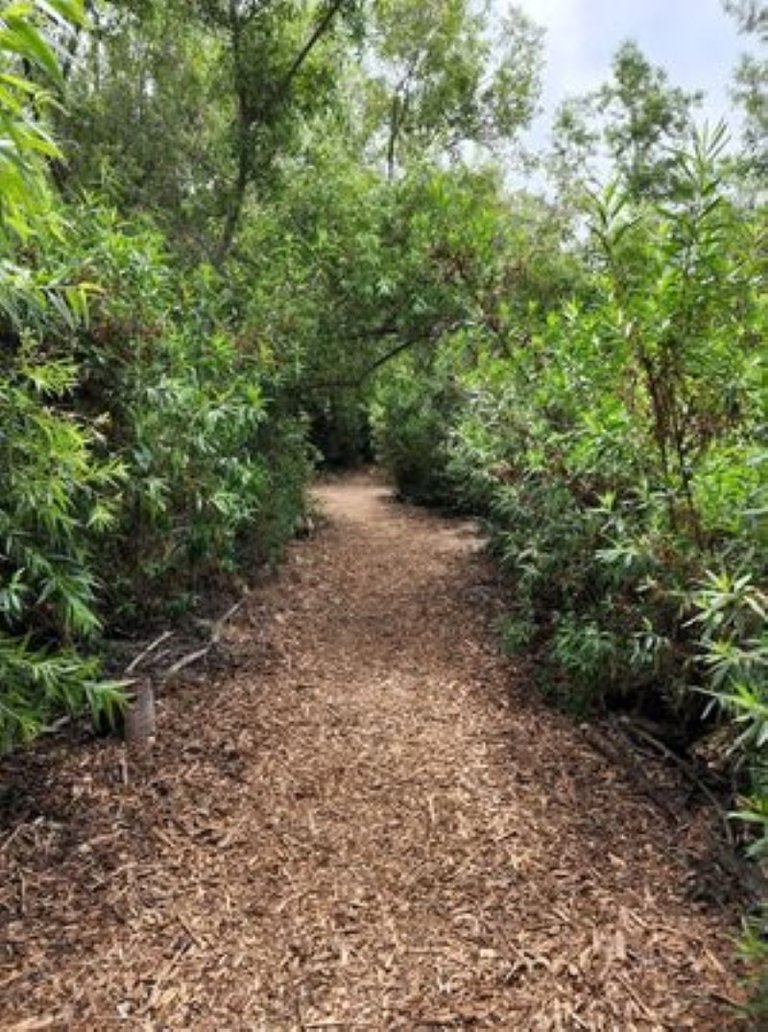
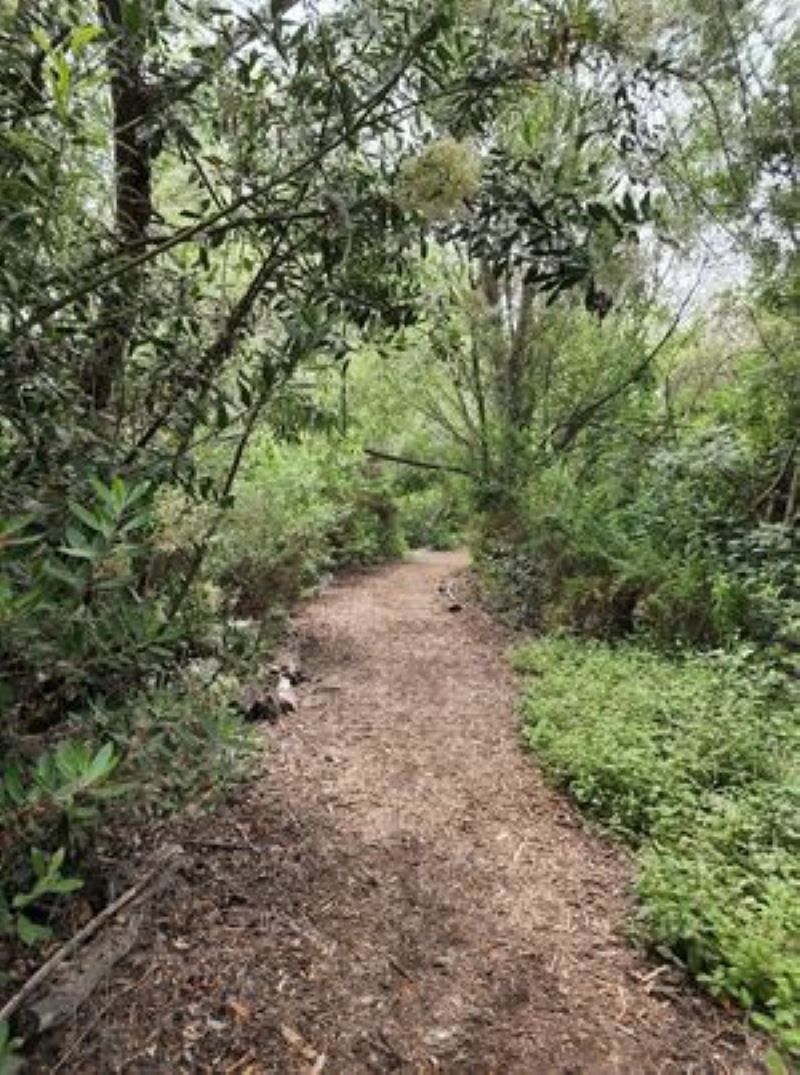
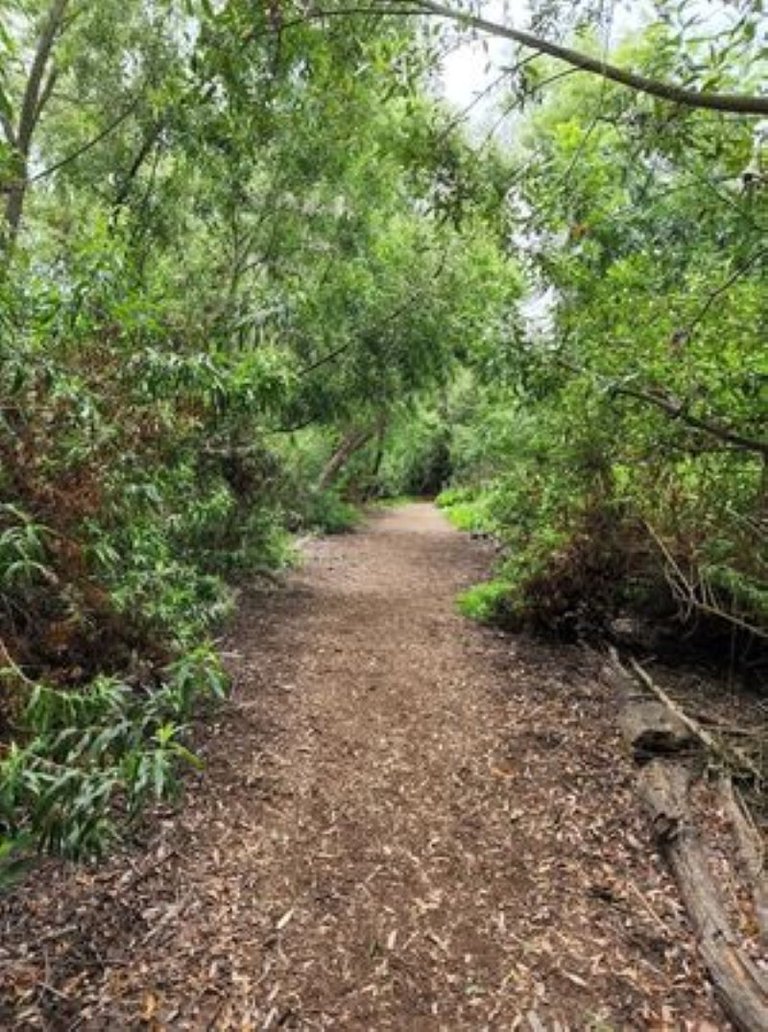
Gardens
Waterwise Garden
Planted here are drought-tolerant plants like giant hogweeds, Matilija poppies, and California poppies that show what are suitable for our own waterwise home garden. These are valuable especially here in Southern California which has always been faced with drought problems.
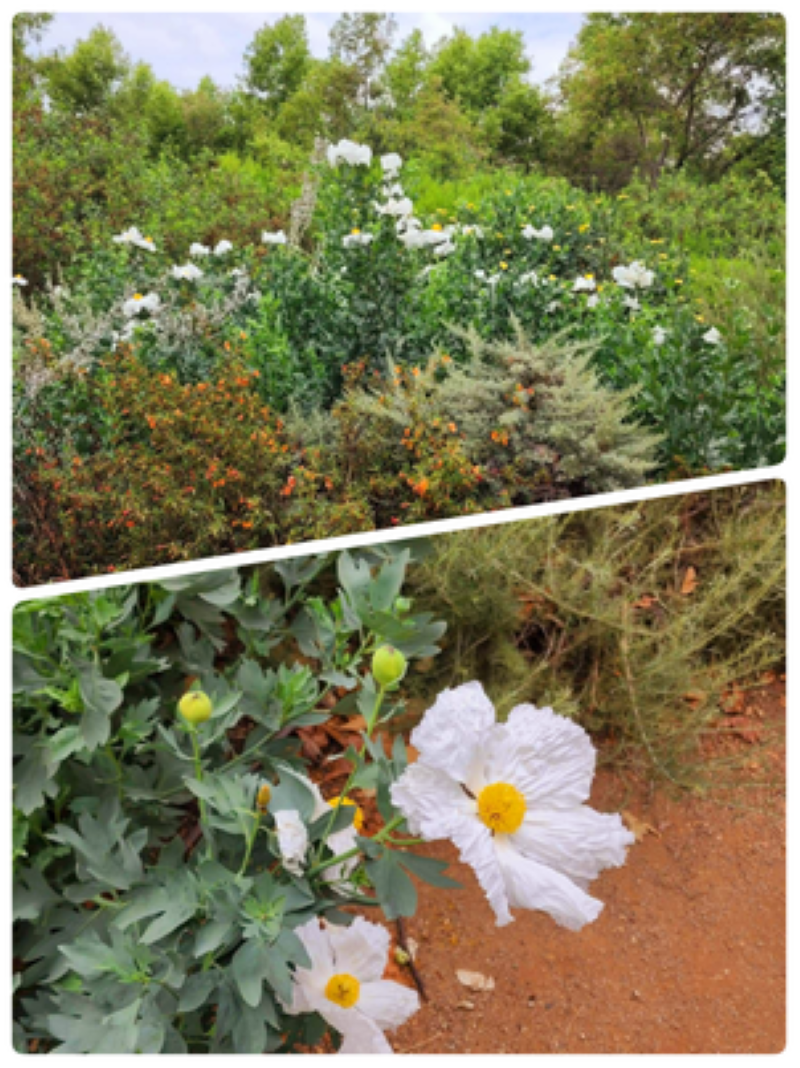
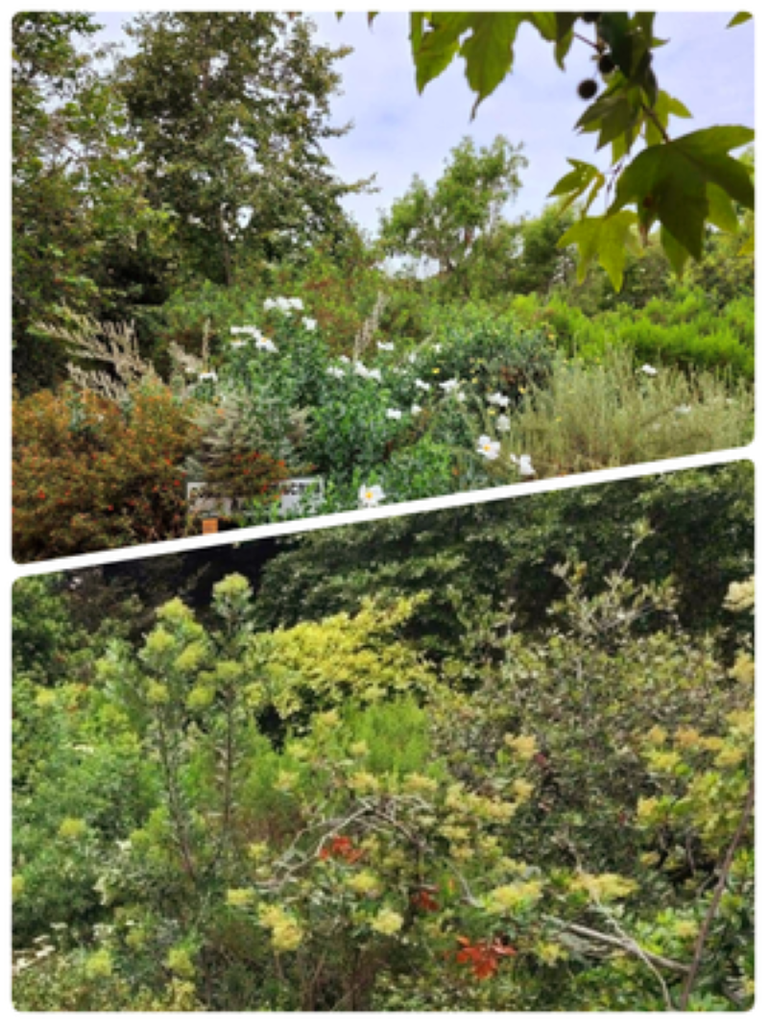
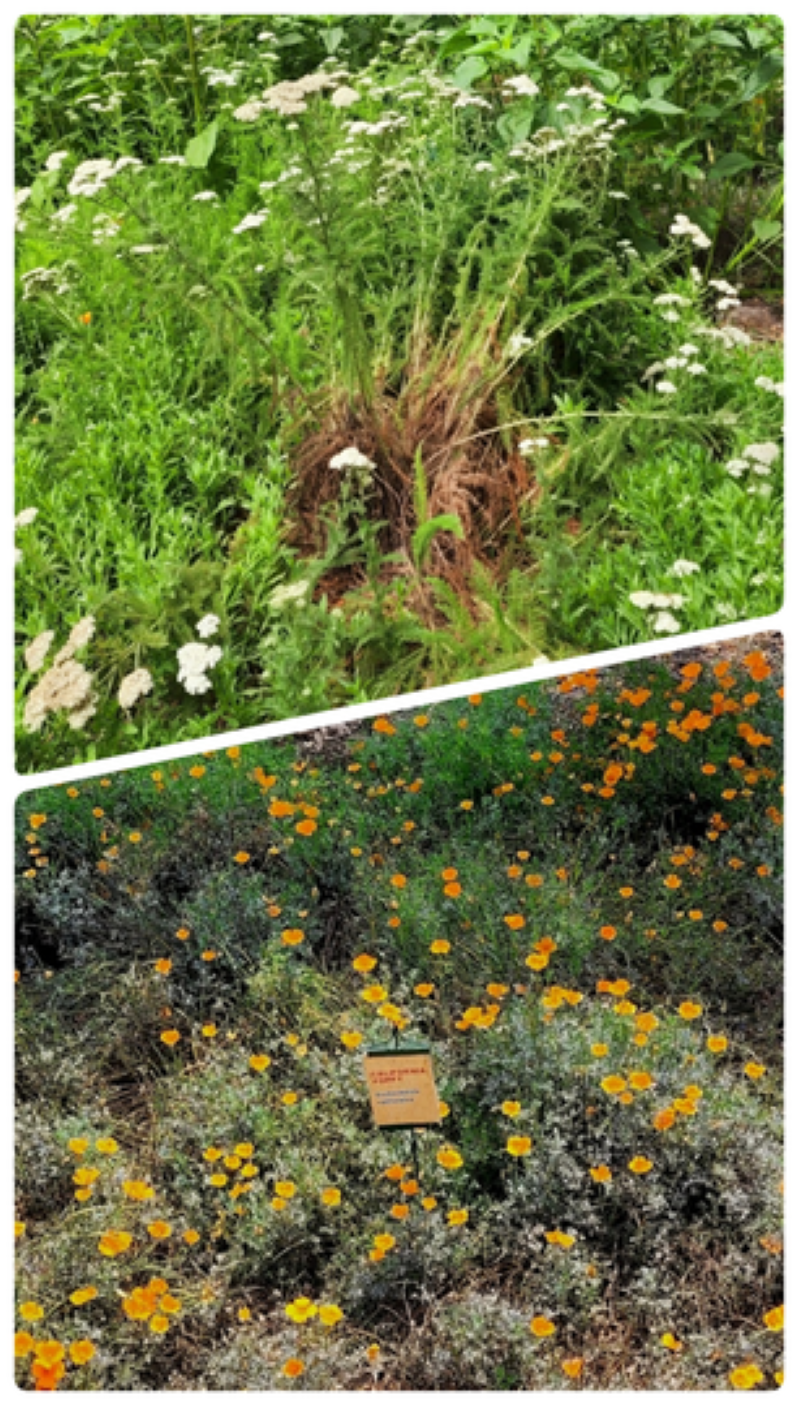
Butterfly Garden
The butterfly garden is planted with buckwheat, and coyote mint to attract butterflies such as monarchs skippers, and swallowtails among others. We did not see any butterflies though. Perhaps we should have waited a little longer.
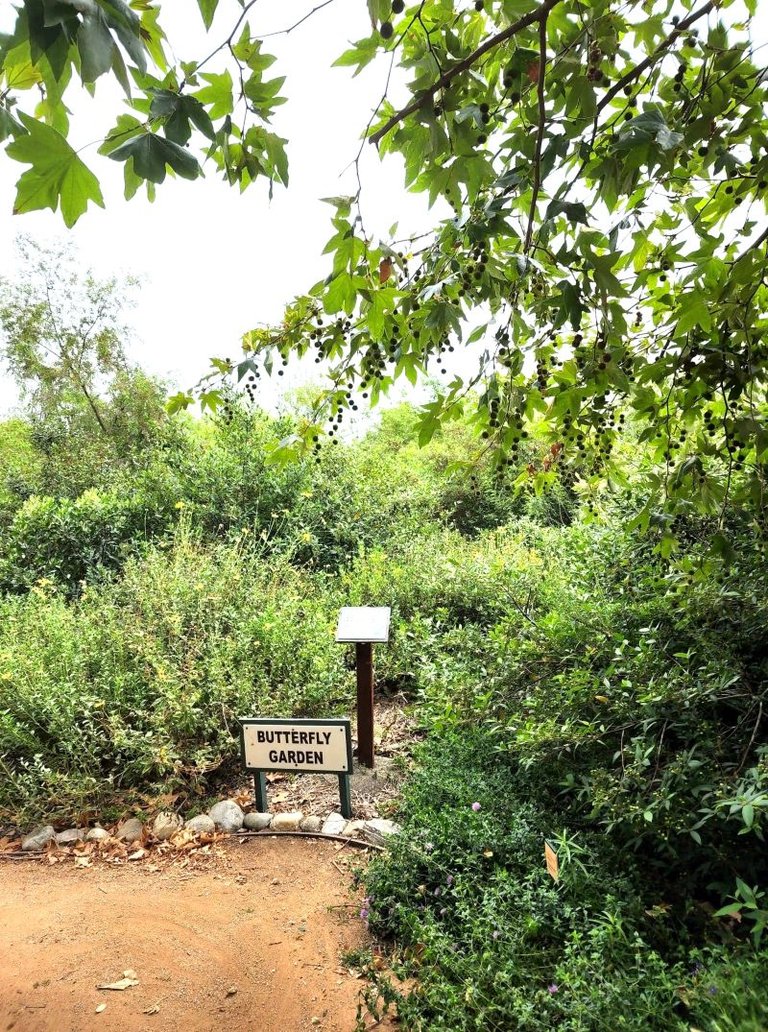
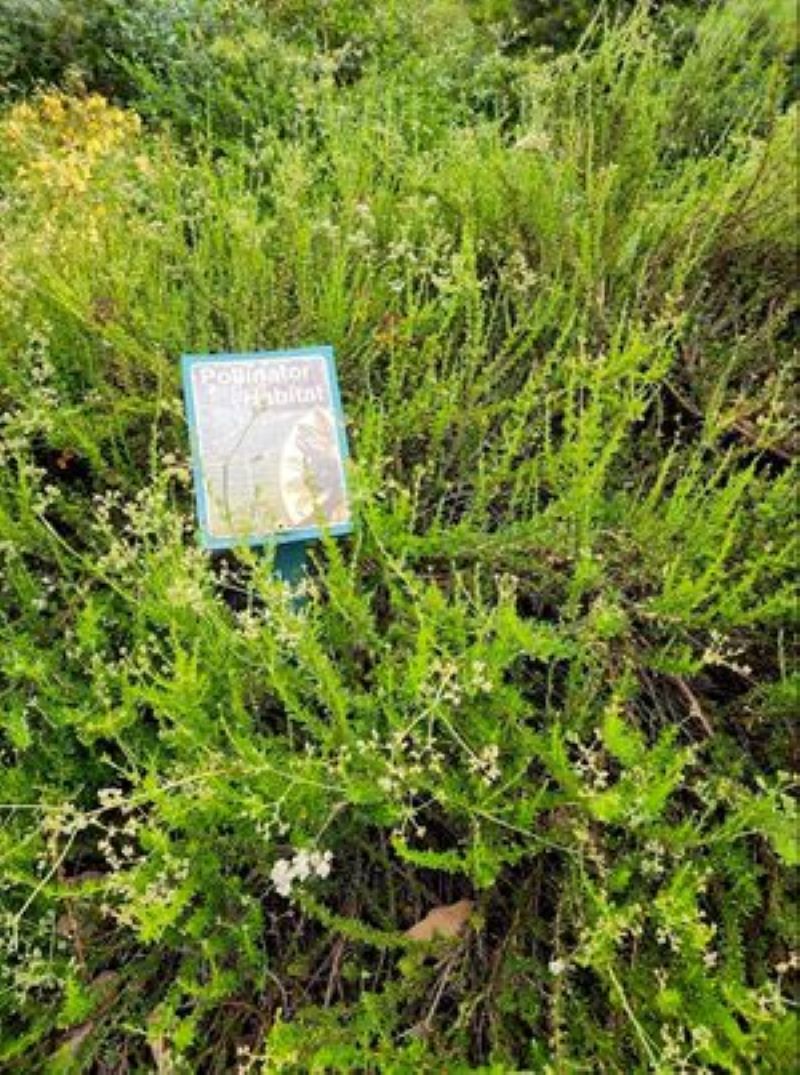
While we were seated on one of the benches, noticed that these plants were swarmed with bees. Obviously their favorite.
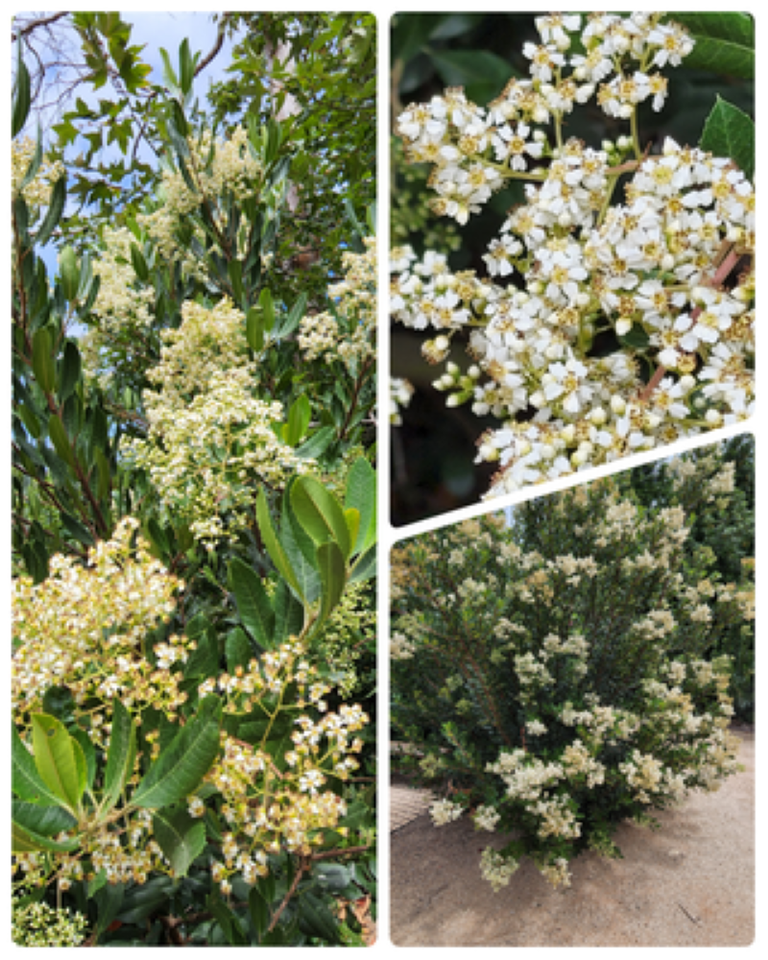
Further, into the woods, we saw egrets on top of the Sycamore trees. The trees are high and far from where we were standing but we still had a good view of the birds.
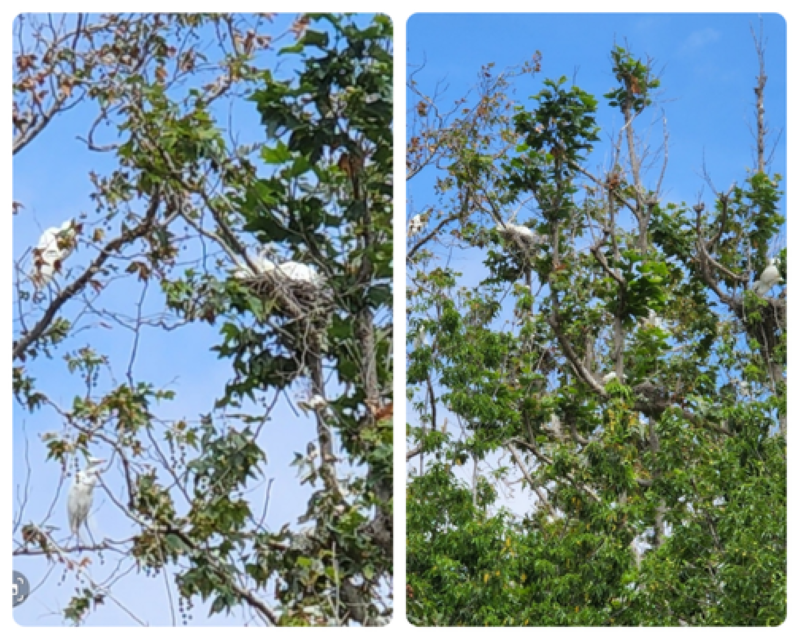

Continuing the walk and exploring the Center, we saw some interesting things about its history.
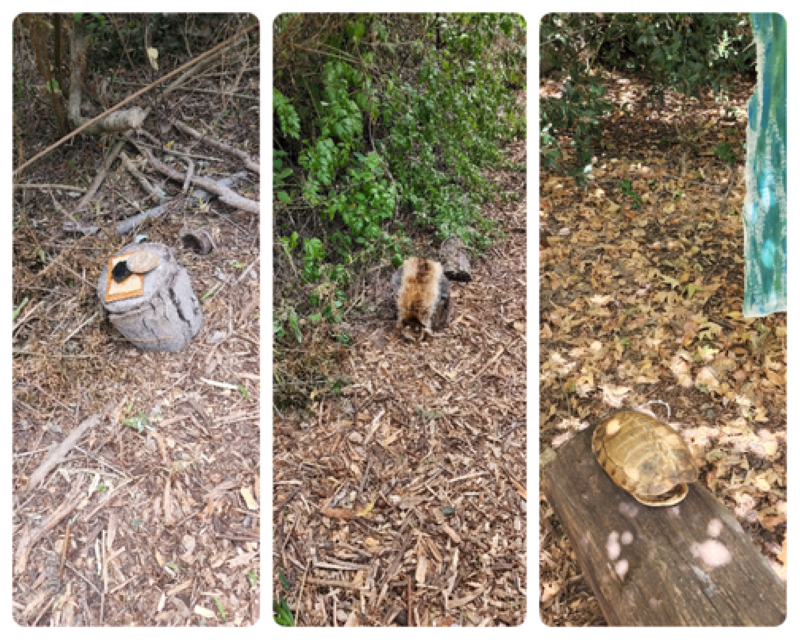

Wooden tools/gadgets the Native Americans might have used to trap and catch small animals.
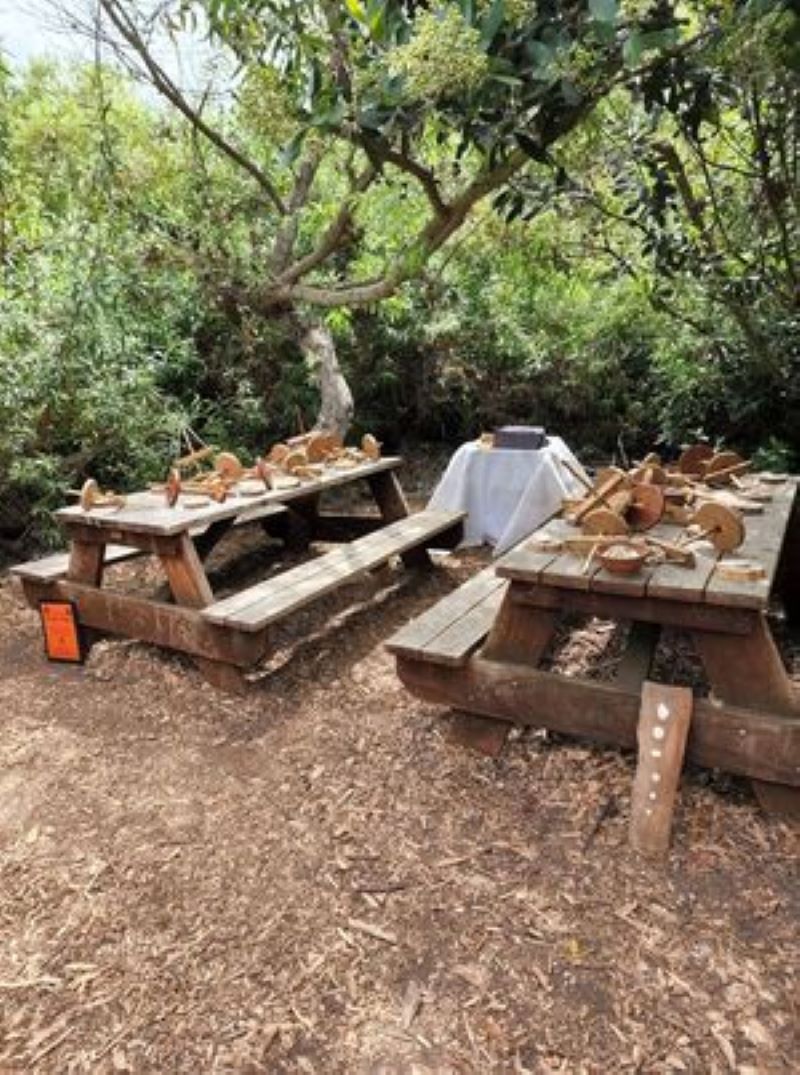
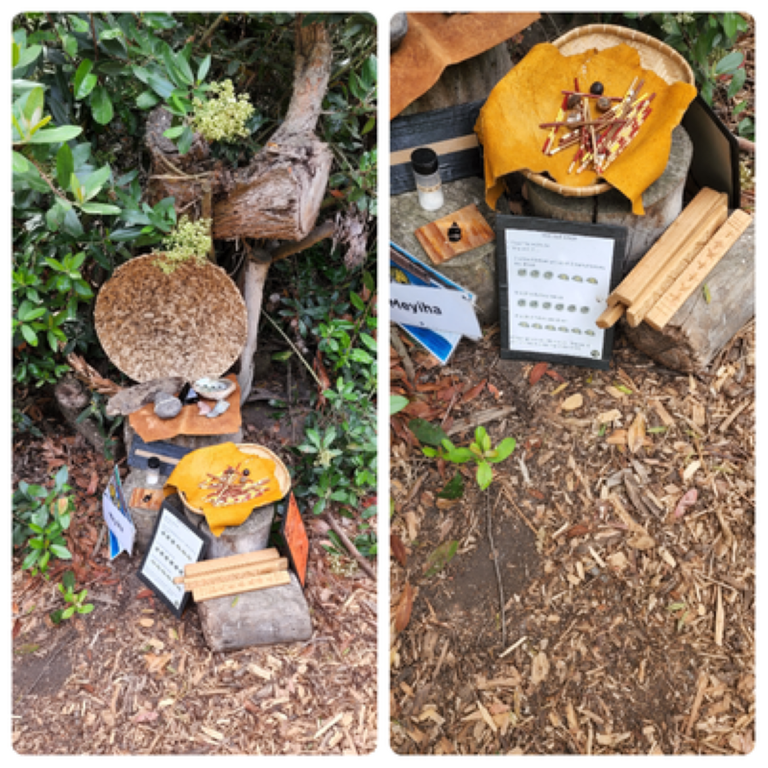
The Center has a composting area and they are done by volunteers. These prepared composts on the site can be bought right here. The composts are used as an additive when planting shrubs, trees, and even potted plants.

Thank you for the read.
[//]:# (!pinmapple 33.700198 lat -118.011601 long shipley nature center d3scr)
